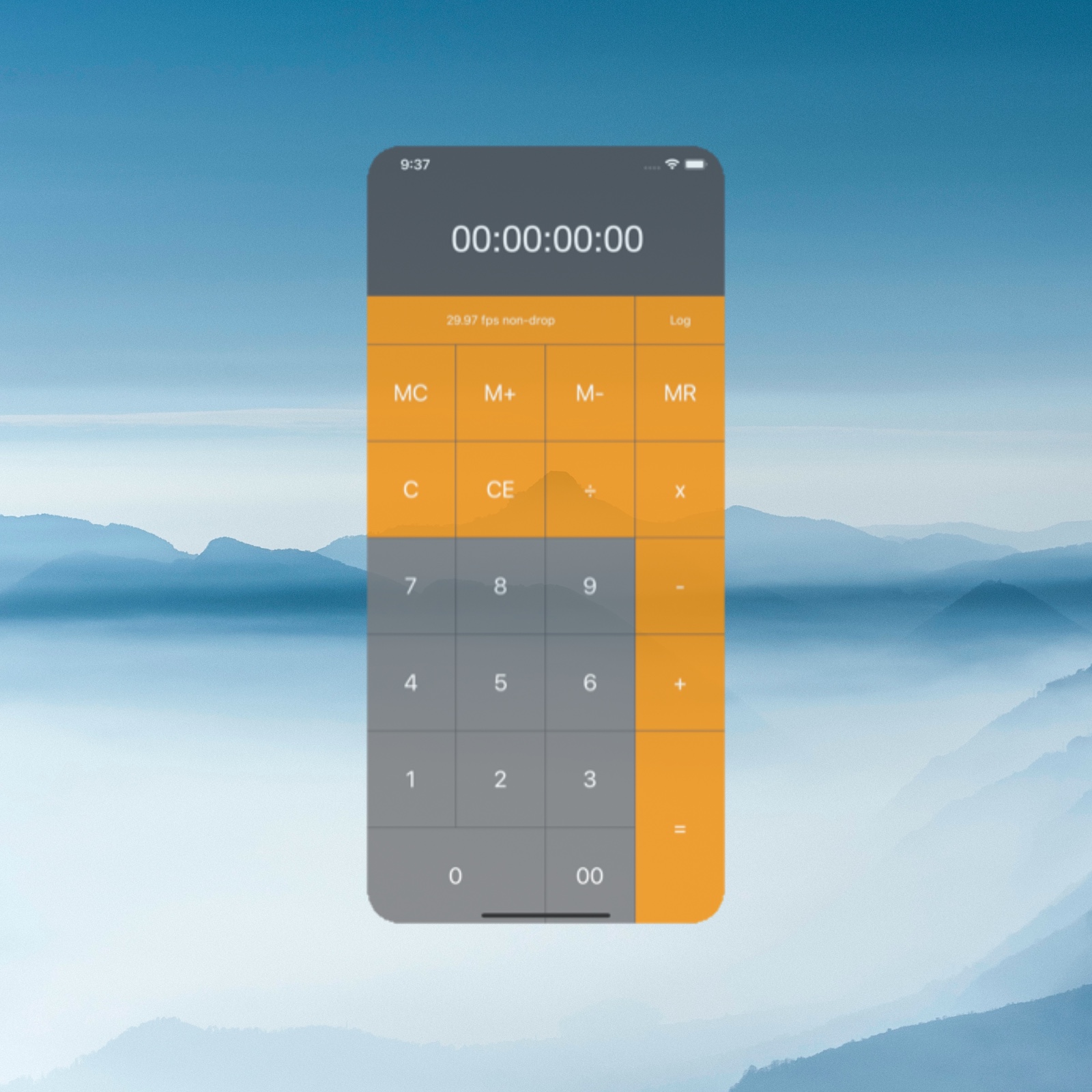
Point is that if I grab same video file (which now does not have chapters) and I know the frame (145068) where I want to have a "chapter start", how can I get this - 01:40:50. now if I jump on that chaptermark in my videoplayer (potplayer) and check the frame it says that I am on 145068th frame. video contains chapters (xml) and one of the chaptermarks says 01:40:50.544000000. I asumed that if I know FPS and FRAMERATE I could easily convert FRAME into TIMECODE but it looks like I am wrong somewhere.Įxample 2: my video file (mkv) fps is 23.976. Now I see that I maybe choosed wrong approach in my logic (because Lee's answer cant be wrong with "given" data). I hope these examples will help you solve your tasks when working with dates and time in Google Sheets.I attempting to convert frame into timecode based on framerate.Īnd a timecode for that is 01:40:50.544000000įormat of the timecode is: HH:MM:SS.nnnnnnnnn (hours:minutes:seconds:nanoseconds) And you can perform various calculations with these records now. These are the ways to not only display date or time, but to separate them to different cells.

#Timecode calculator google sheets install
Install it from the Google Sheets store to test everything out. The add-on is part of the Power Tools collection so you will have more than 30 other useful add-ons at hand. It literally takes the burden of splitting date and time units off your shoulders: And if you'd like to replace your original column with the new data.You control the desired outcome with just 4 simple settings: Split Date & Time splits all Date time records in your entire column at once. It's really small and easy but its contribution to Google Sheets cannot be overstated. You may be surprised but there's one special add-on for this job. This need often arises when editing videos. It can also add or subtract two timecodes.

To extract time, place the following subtraction formula into C2:Ĭopy the results into the third row and apply Date format to B3 and Time format to C3: This calculator converts the timecode to the number of frames. The formula rounds the value down and casts the fractional part away. To extract date (integer part), use the ROUNDDOWN function in cell B2:.So, your task is down to separating integer from fractional. The integer part represents the date, the fractional - time. If you don't see the time unit in a cell, it doesn't necessarily mean that it's absent, and vice versa. However, if you'd like to use these values for future calculations (subtract, sum, etc.), this won't be enough.

In order to display date or time in one cell on your screen or to print it, just select the original cell, go to Format > Number and choose Date or Time. You want to set them apart: extract only the date to one cell and only time to another. Let's imagine that one cell in Google Sheets contains both, date and time.
#Timecode calculator google sheets full
And you can actually perform calculations with them: subtract, sum, convert to decimal, etc.Įxtract date and time from a full "date-time" record The trick here is to choose the correct format to display the result.īy default, the result will be formatted as Duration - hh:mm:ssīut most often the default time or duration format won't be enough, and you will need to come up with your own one.Ī7:A9 cells contain the same time value. To find the total time in your table in Google Sheets, you can use the SUM function.


 0 kommentar(er)
0 kommentar(er)
